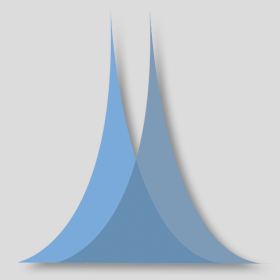News: Research Highlights
Tue January 1, 2013
Dissipative Preparation of Spin Squeezed Atomic Ensembles in a Steady State
News type:
Tue January 1, 2013
Keldysh Approach for Non-equilibrium Phase Transitions in Quantum Optics: Beyond the Dicke Model in Optical Cavities
News type:
Tue January 1, 2013
Probing Real-space and Time Resolved Correlation Functions with Many-body Ramsey Interferometry
News type:
Tue January 1, 2013
Enhanced Anti-ferromagnetic Exchange between Magnetic Impurities in a Superconducting Host
News type:
